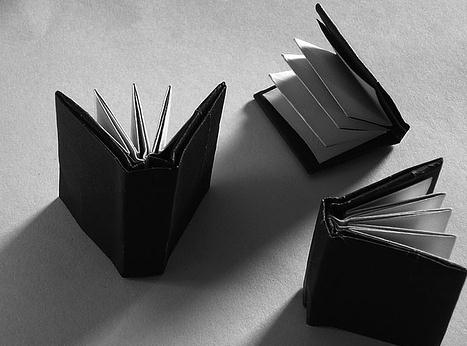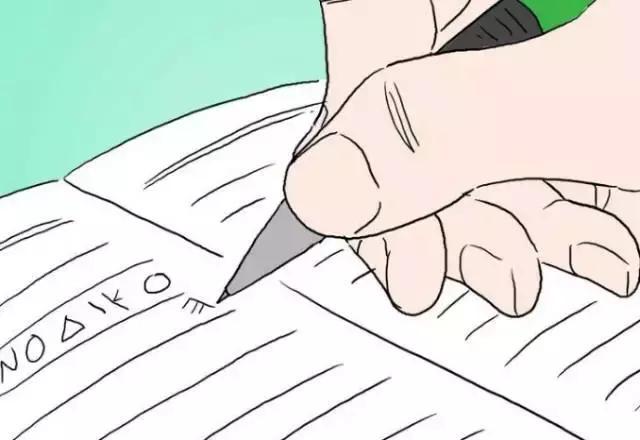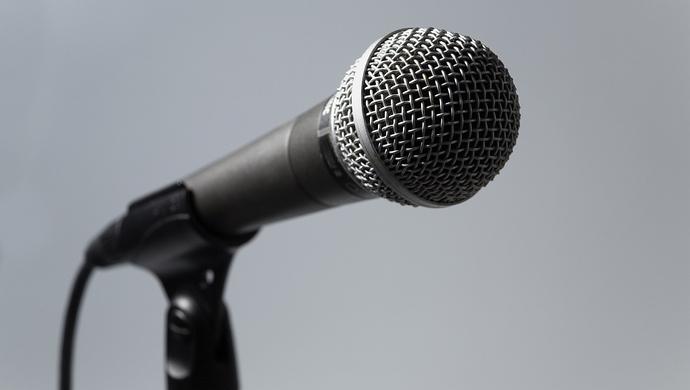仿生学的应用
Leading:
仿生学是一门新兴的科学,在医学上可以利用其制造模拟人体肌肉、神经元和神经网络的器具。本文以失去手臂的阿曼达·基茨使用仿生学假肢为例,验证了其在医学方面的卓越功能。
Amanda Kitts is mobbed① by four and five-year-olds as she enters the classroom at the Kiddie Kottage Learning Center near Knoxville,Tennessee. “Hey kids,how’re my babies today?”she says,patting shoulders and ruffling hair. Slender and energetic,she has operated this day-care center and two others for almost 20 years. She crouches down to talk to a small girl,putting her hands on her knees.
“The robot arm!”several kids cry.
“You remember this,huh?”says Kitts,holding out her left arm. She turns her hand palm up. There is a soft whirring② sound. If you weren’t paying close attention,you’d miss it. She bends her elbow,accompanied by more whirring.
“Make it do something silly!”one girl says.
“Silly?Remember how I can shake your hand?” Kitts says,extending her arm and rotating her wrist. A boy reaches out,hesitantly,to touch her fingers. What he brushes against is flesh-colored plastic fingers curved slightly inward. Underneath are three motors,a metal frame, and a network of sophisticated③ electronics. The assembly④ is topped by a white plastic cup midway up Kitts’s biceps,encircling a stump⑤ that is almost all that remains from the arm she lost in a car accident in 2006.
“After my accident I felt lost,and I didn’t understand why God would do such a terrible thing to me. These days I’m just excited all the time,because they keep on improving the arm. One day I’ll be able to feel things with it and clap my hands together in time to the songs my kids are singing.”
Kitts is living proof that,even though the flesh and bone may be damaged or gone,the nerves and parts of the brain that once controlled it live on. In many patients,they sit there waiting to communicate—dangling telephone wires,severed⑥ from a handset. With microscopic electrodes and surgical wizardry,doctors have begun to connect these parts in other patients to devices such as cameras and microphones and motors. As a result,the blind can see,the deaf can hear,and Amanda Kitts can fold her shirts.
Kitts is one of “tomorrow’s people” ,a group whose missing or ruined body parts are being replaced by devices embedded⑦ in their nervous systems that respond to commands from their brains. The machines they use are called neural prostheses(假体)or—as scientists have become more comfortable with a term made popular by science fiction writers—bionics. The work is extremely delicate,a series of trials filled with many errors. As scientists have learned that it’s possible to link machine and mind,they have also learned how difficult it is to maintain that connection. If the cup atop Kitts’s arm shifts just slightly,for instance,she might not be able to close her fingers. Still,bionics represents a big leap forward,enabling researchers to give people back much more of what they’ve lost than was ever possible before.
“That’s really what this work is about:restoration,”says Joseph Pancrazio,program director for neural engineering at the National Institute of Neurological Disorders and Stroke. “When a person with a spinal-cord injury can be in a restaurant,feeding himself,and no one else notices,that is my definition of success.”
Notes:
①mob v. 聚众包围
②whirring n. 沙沙声,嘘声
③sophisticated adj. 复杂的
④assembly n. 装配
⑤stump n. 残肢
⑥sever v. 切断
⑦embed v. 将某物深而牢地固定于(周围物体中)
【长句分析】
1. The assembly is topped by a white plastic cup midway up Kitts’s biceps, encircling a stump that is almost all that remains from the arm she lost in a car accident in 2006.
句意:这个装备上部是白色杯形塑料材质的,包裹住了基茨2006年车祸后剩余残肢的二头肌前端。
分析:encircling作伴随状语,that引导的是定语从句,先行词分别为a stump和all。she lost in a car accident in 2006也是定语从句,修饰arm。
2. With microscopic electrodes and surgical wizardry,doctors have begun to connect these parts in other patients to devices such as cameras and microphones and motors.
句意:通过微型电极,再运用杰出的外科手术技巧,医生们可以把诸如相机、麦克风和电机等设备连接到其他患者身上。
分析:with的复合结构,作伴随状语。主句为doctors have begun to connect these parts in other patients to devices。
3. Kitts is one of “tomorrow’s people”,a group whose missing or ruined body parts are being replaced by devices embedded in their nervous systems that respond to commands from their brains.
句意:基茨属于“未来人”,他们是一群肢体残缺的人,嵌入他们神经系统中的设备取代了残缺的肢体,用来回应大脑发出的指令。
分析:whose引导定语从句,先行词为a group,与tomorrow’s people为同位语关系。embedded为过去分词作后置定语,修饰devices。that引导定语从句,修饰systems。
【语法点拨】
1.Kitts is living proof that,even though the flesh and bone may be damaged or gone,the nerves and parts of the brain that once controlled it live on.
句意:基茨是活生生的证明,虽然血肉之躯受伤甚至截肢,曾经起支配作用的神经和大脑的那部分组织还存活着。
分析:句中living proof后接that引导的同位语从句,内容是even though引导的让步状语从句。
2. Still,bionics represents a big leap forward,enabling researchers to give people back much more of what they’ve lost than was ever possible before.
句意:然而,仿生学象征着一次巨大的飞跃,使得研究者比以往能够给予那些失去肢体的人更多。
分析:介词of后是what引导的宾语从句,what在句中作lost的宾语,than引导比较状语从句。
(责任编校彭益)
推荐访问: 仿生学





